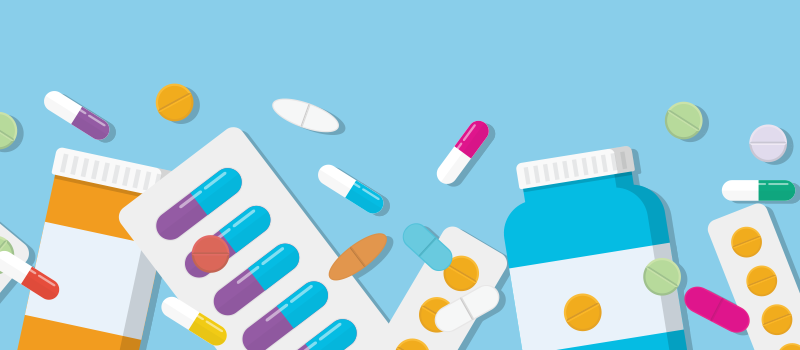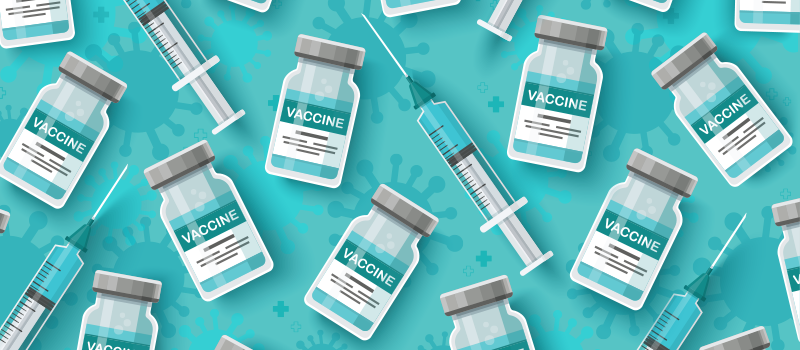What’s the Buzz
The Bee Healthy Blog
8 Medications to Treat Post Nasal Drip

When excess mucus drips down the back of your throat, it is called postnasal drip. Please continue reading to find out what causes post-nasal drip and which prescription and OTC medications are used to treat it.
Is mucus in the nasal passages normal?
Mucus is a slimy, clear-colored substance that the body produces from glands in the nose, throat, sinuses, lungs, and gastrointestinal tract. In your nasal passages, it plays an important role in humidifying and filtering the air you breathe before it reaches your lungs. For example, mucus can trap bacteria before they enter your respiratory system and cause a bacterial infection. It can also trap dust and debris.
The average person makes more than a liter of mucus every day. When you are healthy, the mucus mixes with saliva and drips harmlessly down your throat. You swallow it throughout the day without noticing it.
However, excess mucus production or thicker mucus can become much more noticeable and cause symptoms such as postnasal drip. The presence of yellow or green mucus usually indicates a bacterial infection, but it can also signify a viral infection at times as well.
What causes excess mucus?
One of the most common causes of extra mucus and post-nasal drip is allergies. Other causes of more mucus in the nasal passages and throat include:
- Exposure to cold temperatures, dry air, or bright lights
- Changes in weather
- Irritants in the air, such as fumes or dust
- Sinus infection
- Viral infections such as the common cold or flu
- Pregnancy
- Eating spicy foods and gastroesophageal reflux disease (chronic acid reflux)
A deviated septum in the nose (crookedness of the cartilage wall between the two nostrils) can also cause post-nasal drip by making it harder to clear extra mucus.
Certain medications, such as some blood pressure medicines and birth control pills, can cause postnasal drip as a side effect.
What does post-nasal drip feel like?
Post-nasal drip can cause annoying symptoms, such as a sensation of liquid dripping down the back of your throat. This is due to the excess mucus draining into your throat. Other common symptoms include frequent swallowing or clearing of the throat. Some people develop other symptoms such as hoarseness, scratchy throat, sore throat, bad breath, and loss of taste or smell. There can be increased coughing at night. Post-nasal drip can also cause nausea and vomiting due to swallowed mucus in the stomach.
What is the best medication for postnasal drip?
It is not possible to permanently treat postnasal drip, but several medications can provide relief. Treatment for postnasal drip depends on the cause and may include both prescription medications and over-the-counter medications. Some treatment options can be separated by their causes:
Post nasal drip caused by allergies
- Antihistamines such as chlorpheniramine (Chlor-Trimeton), diphenhydramine (Benadryl), loratadine (Claritin), desloratadine (Clarinex), cetirizine (Zyrtec), levocetirizine (Xyzal), and fexofenadine (Allegra) to dry up secretions.
- Nasal decongestants such as oxymetazoline (Afrin) to thin mucus. This type of nasal spray should only be used for 1-2 days.
- Decongestants such as phenylephrine (Sudafed PE, Neo Synephrine Nasal).
- Saline nasal sprays such as Ocean, HuMist, and Rhinaris to thin mucus and make it easier to clear mucus plugs.
- Anticholinergic nasal sprays such as ipratropium (Atrovent) to lessen secretions.
- Steroid nasal sprays such as budesonide (Rhinocort), beclomethasone (Beconase), mometasone (Nasonex), fluticasone (Veramyst, Flonase), and triamcinolone (Nasacort) to reduce inflammation.
- Oral steroids, when corticosteroid nasal sprays do not provide relief.
Postnasal drip caused by bacterial infections
In addition to the above medicines to provide relief from post-nasal drip, your doctor may prescribe antibiotics if you have a significant bacterial infection.
Other treatments for postnasal drip
For postnasal drip caused by a deviated septum, your ear, nose, and throat (ENT) specialist may recommend a septoplasty surgery. For post-nasal drip caused by acid reflux, your doctor may recommend lifestyle modifications and/or medicines to treat GERD.
What's the best antihistamine for post-nasal drip?
Second-generation antihistamines such as fexofenadine (Allegra) and loratadine (Claritin) are non-sedating and can effectively provide relief from postnasal drip symptoms.
Does Mucinex stop post-nasal drip?
Mucinex will not stop postnasal drip. It contains an expectorant called guaifenesin as the active ingredient, which helps to loosen up thick mucus sticking to the back of your throat and make it easier to cough up, but it does not stop mucus production.
Are there any home remedies for postnasal drip?
Here are some home remedies for post-nasal drip that may provide relief:
- Reduce exposure to cold temperatures and dry air.
- Drink more fluids. It is especially helpful to drink a hot liquid such as chicken soup.
- Prop up the head of your bed to drain mucus from your nasal passages.
- Do salt water gargles.
- Inhale steam or take a hot shower.
- Use a humidifier.
- Perform saline irrigation of your nose with a neti pot.
- Avoid alcohol, smoking, and secondhand exposure to cigarette smoke.
When to seek medical attention for postnasal drip?
Postnasal drip is usually a short-lived symptom that typically goes away once the underlying cause, for example, a viral infection, clears. However, you should see a medical professional if your postnasal drip:
- Persists despite treatment
- Is accompanied by fever
- You cough up bloody mucus
- You have shortness of breath, wheezing, or swallowing problems
- There is yellow or green mucus or foul-smelling drainage
How to prevent postnasal drip?
You can prevent postnasal drip by keeping allergies under control. Ways to accomplish this include:
- Take allergy treatments, such as antihistamines, steroid sprays, and other medications.
- Keep your home clean to reduce dust.
- Use covers on pillows and mattresses to prevent exposure to dust mites.
- Change or clean HVAC air filters frequently.
- Shower after spending time outdoors.
References:












SOCIAL